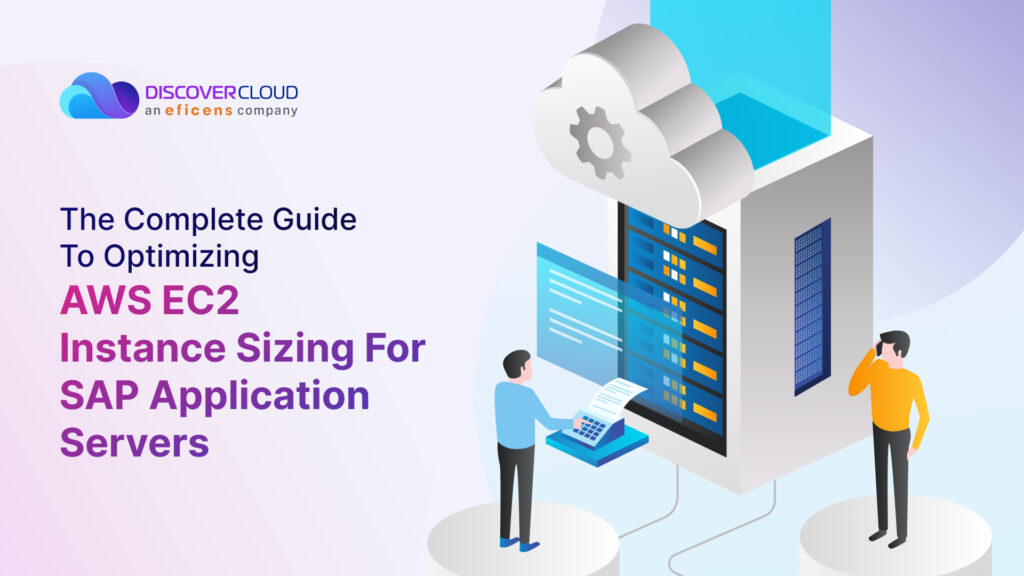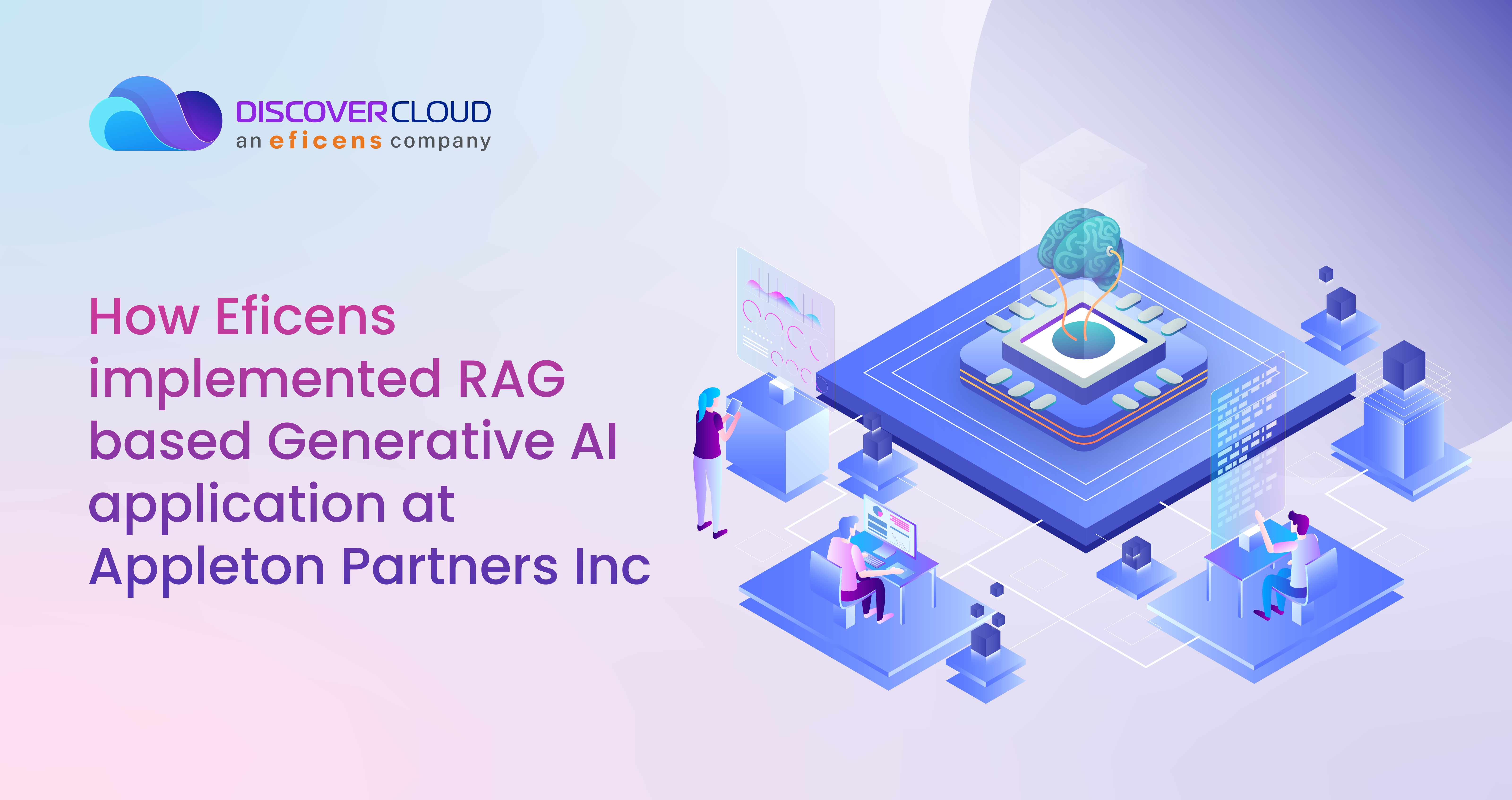When it comes to right-sizing AWS EC2 instances for SAP application servers, the process can be intricate. While database servers follow a clear set of growth and performance criteria, SAP application instances like ASCS, ERS, and AAS bring a different kind of puzzle to the table. Their requirements aren’t always clear-cut, making the sizing process a unique challenge.
In this blog, we’re going to take a deep dive into a streamlined process that demystifies the complexities of creating sizing documentation and Total Cost of Ownership (TCO) analysis specifically for SAP application instances on AWS. We’ll navigate through a variety of data sources and methodologies to ensure your decisions are informed and precise, keeping our spotlight firmly on application instances and steering clear of database server sizing.
Why Instance Sizing Matters
SAP applications demand a robust setup due to their intensive resource usage. Getting the instance sizing right is more than a technical detail; it’s essential for ensuring smooth performance, avoiding unwanted downtime, and keeping costs in check. Optimal instance sizing is like tailoring a suit – it must fit your SAP workload’s unique mix of CPU, memory, and storage needs perfectly.

Let’s peel back the layers of the SAP Application Architecture to appreciate the importance of precise instance sizing:
SAP ASCS (ABAP SAP Central Services ) Instance – Think of the ABAP SAP Central Services(ASCS) instance as the central nervous system of your SAP environment. It handles vital functions like managing locks, facilitating smooth communication, and overseeing administration. To prevent data mishaps and guarantee availability, this instance needs the right EC2 instance sizing, ensuring it has the muscle (compute power) to perform its critical tasks.
SAP ERS ( Evaluated Receipt Settlement) Instance- The Evaluated Receipt Settlement (ERS) instance acts as a safety net, mirroring lock data across ASCS instances. This replication is crucial for maintaining operations even when unexpected failures occur. The sizing of the ERS instance is generally in step with the ASCS instances, ensuring harmony and resilience in your system.
SAP AAS (Additional Application Server) Instance- The Additional Application Server (AAS) or Dialog Instance is where the action happens. It’s responsible for distributing the workload, which directly uplifts performance and provides scalability. The way you size your AAS instances can make or break your SAP application server’s performance.
Choosing AWS EC2 Instance types
The selection of AWS EC2 instance types for SAP application servers is a crucial step in ensuring your applications run smoothly and efficiently. Let’s break down this process into digestible, actionable steps:

Dive into the Details with SAP Notes and AWS Documentation- Start by immersing yourself in the specifics. SAP notes and AWS documentation are your go-to resources for understanding the nuances of AWS deployments, especially when it comes to instance sizing. Make sure to consult SAP notes 1656099 and 1656250 to get the full picture.
Pick the Perfect Instance Family- AWS offers a buffet of EC2 instance families, each with its unique flavor. Whether it’s general-purpose, memory-optimized, or compute-optimized, the key is to align your choice with your SAP workload needs. Don’t forget to refer back to SAP note 1656099 and AWS documentation for a comprehensive list of SAP-supported EC2 instances.
Ensure Resilience and High Availability- Your SAP application instances are the backbone of your operations. Prioritize EC2 instances that promise resilience and uninterrupted service. Tools like Auto Scaling, Multi-AZ deployments, and load balancing are your allies in maintaining a robust, always-on SAP environment (check out SAP on AWS High Availability documentation for more insights).
Best Practices for Optimizing EC2 Instance Sizing
Instance sizing goes beyond technical configurations. It’s like to a meticulous art form, where precision meets foresight. Here’s your guide to master this:
Decode Your SAP Workload- Understanding your SAP workload in detail is fundamental. Analyze user numbers, transaction volumes, and specific SAP modules to gauge performance and resource needs. This clarity is crucial for precise instance sizing.
Embrace AWS Sizing Tools- AWS doesn’t just offer instances; it offers wisdom. Tools like AWS Trusted Advisor and AWS Compute Optimizer are your crystal balls, offering insights and recommendations tailored to your workload’s unique demands.
Adopt a Right-Sizing Strategy- AWS’s EC2 instance types come in different shapes and sizes, each optimized for specific tasks. When hosting SAP application servers, mixing and matching instance types (like compute-optimized for intense computations and memory-optimized for data-heavy tasks) can cater to the diverse needs of different SAP server roles.
Stay Agile and Adjust- Instance sizing is not set in stone. As your business evolves, so should your instances. Keep a pulse on your SAP environment’s performance and be ready to recalibrate your instance sizes or types to fit your changing needs.
Explore Reserved Instances for Predictable Workloads- If your SAP workload follows a predictable pattern, AWS Reserved Instances (RIs) can be a game-changer. With significant cost savings over on-demand instances, RIs are a smart choice for sustained SAP deployments.
Optimize with Amazon EBS- Amazon Elastic Block Store (EBS) volumes are your storage stalwarts. Match EBS volume types and sizes with your SAP instance needs and explore Amazon EBS Elastic Volumes for size adjustments sans downtime.
Automate with AWS Auto Scaling- Let AWS Auto Scaling fine-tune the number of your SAP application servers in sync with demand. This not only ensures top performance when it’s busiest but also curtails costs during quieter periods.
Deploy for High Availability- Mission-critical SAP workloads deserve a failsafe setup. Spreading your application servers across multiple Availability Zones not only fortifies your setup against disruptions but also balances your workload effectively.
Summing Up
Selecting the right AWS EC2 instances for SAP application servers is a pivotal aspect of a successful migration strategy. By tapping into a variety of data sources and following the outlined approach, you’re not just making a choice; you’re making an informed decision. This methodology isn’t just about getting you to the cloud; it’s about optimizing every aspect of your SAP workloads once you’re there. It’s a commitment to efficiency, a nod to resilience, and a strategy for cost-effectiveness.
By embracing this approach, you’re not just migrating; you’re transforming! You’re ensuring that every resource is perfectly aligned with your needs, harnessing the full potential of cloud scalability and flexibility. It’s not just about moving to the cloud; it’s about thriving in it.




